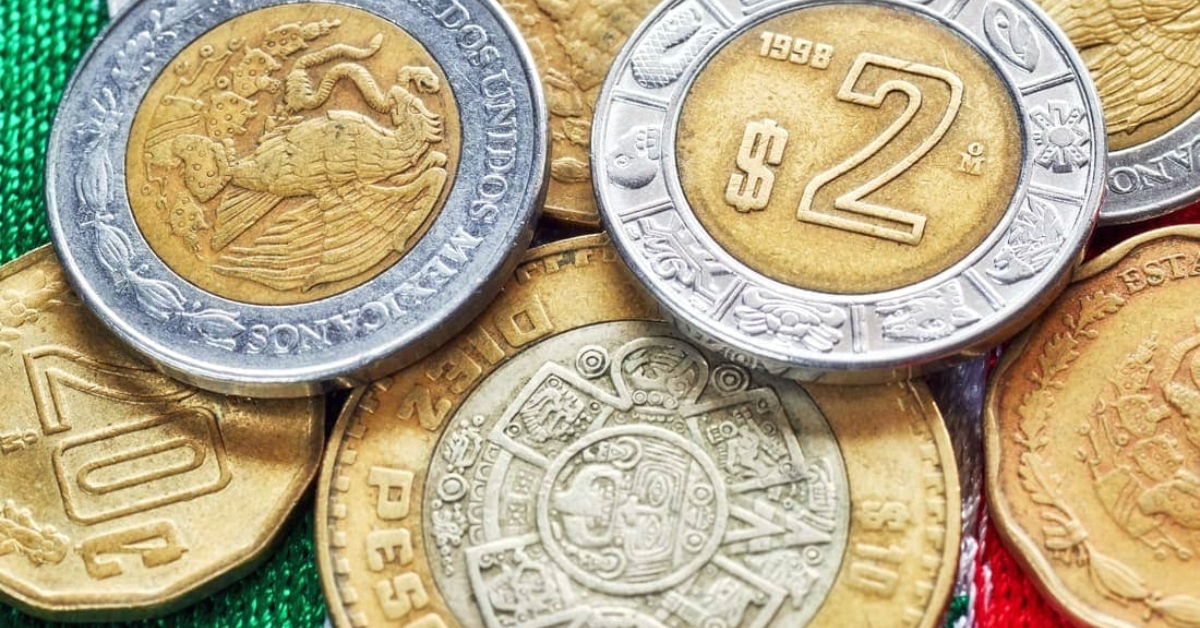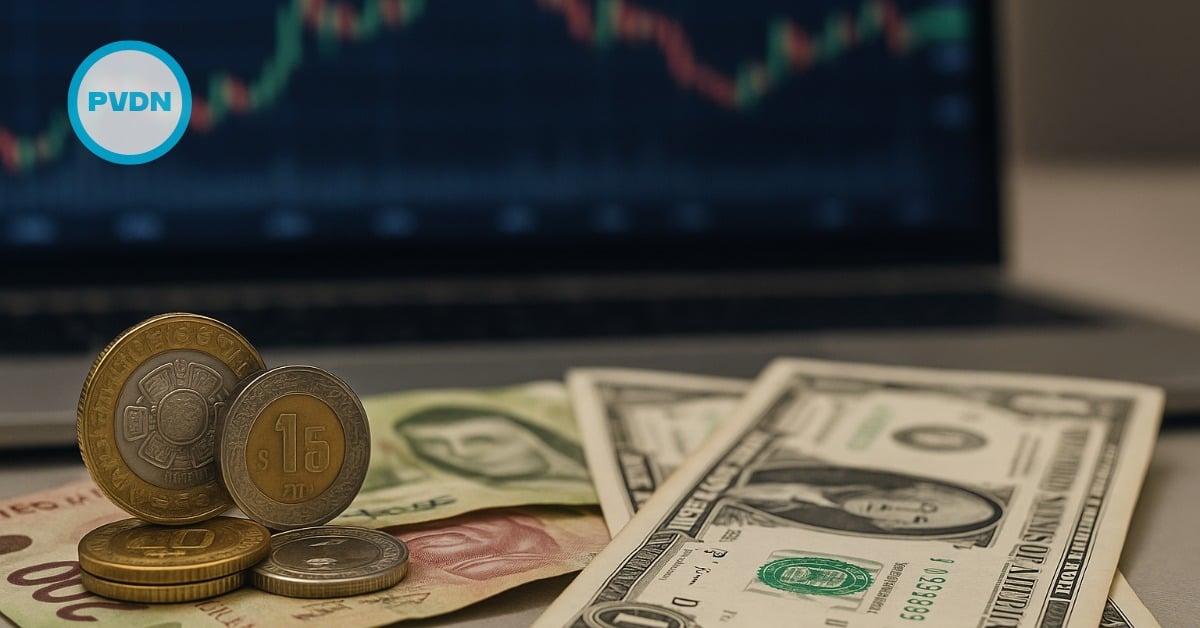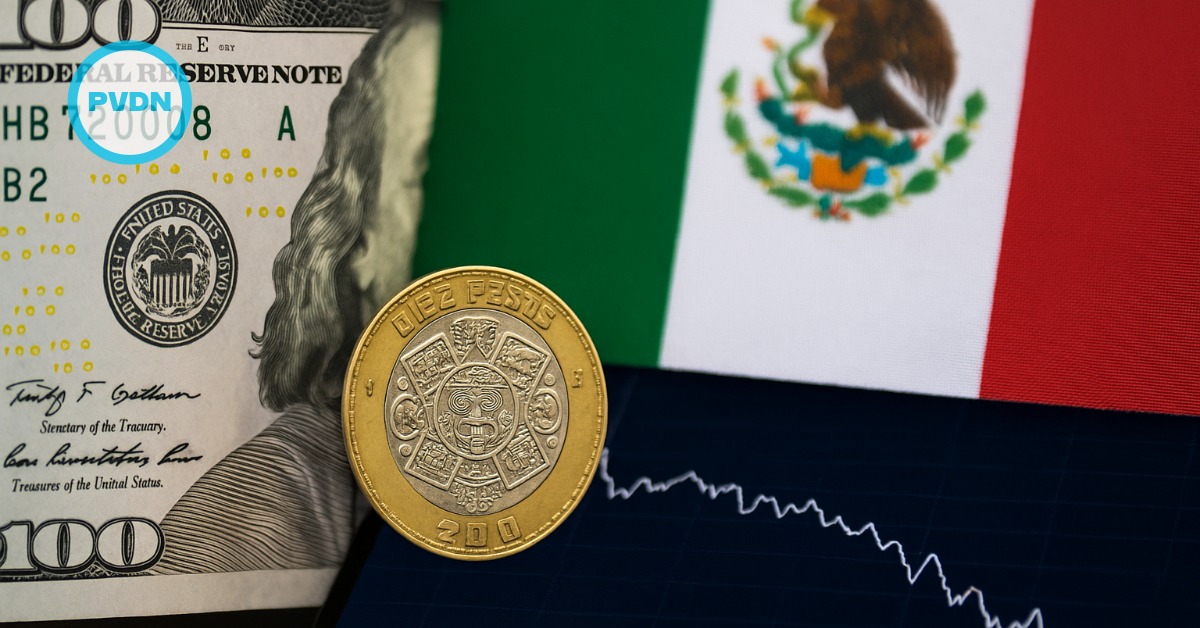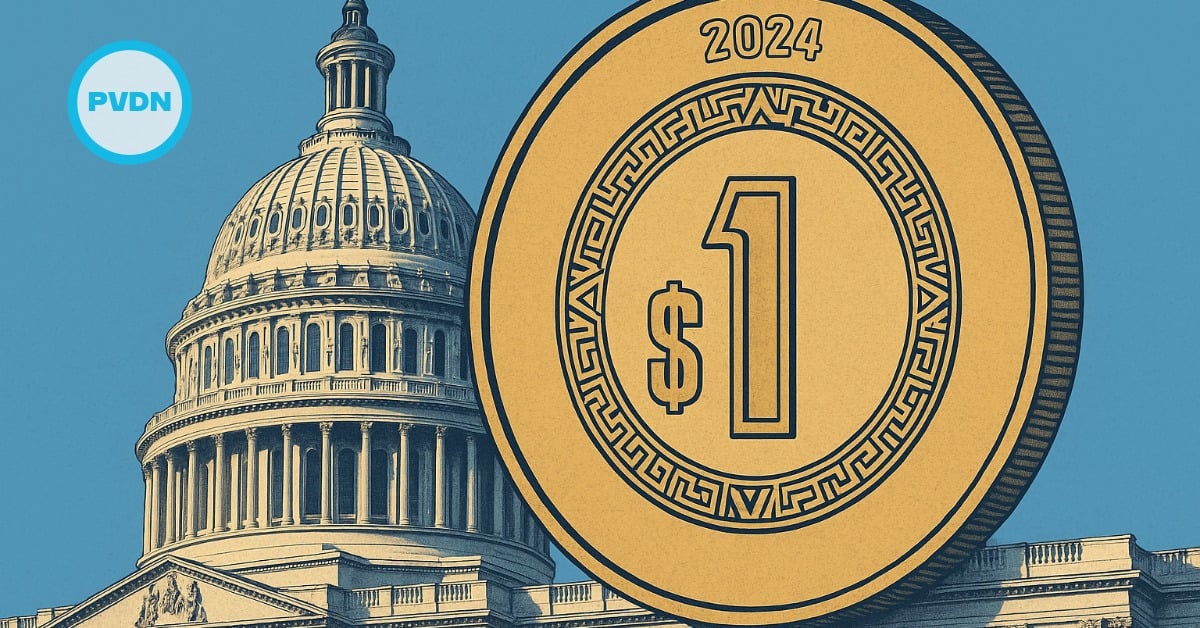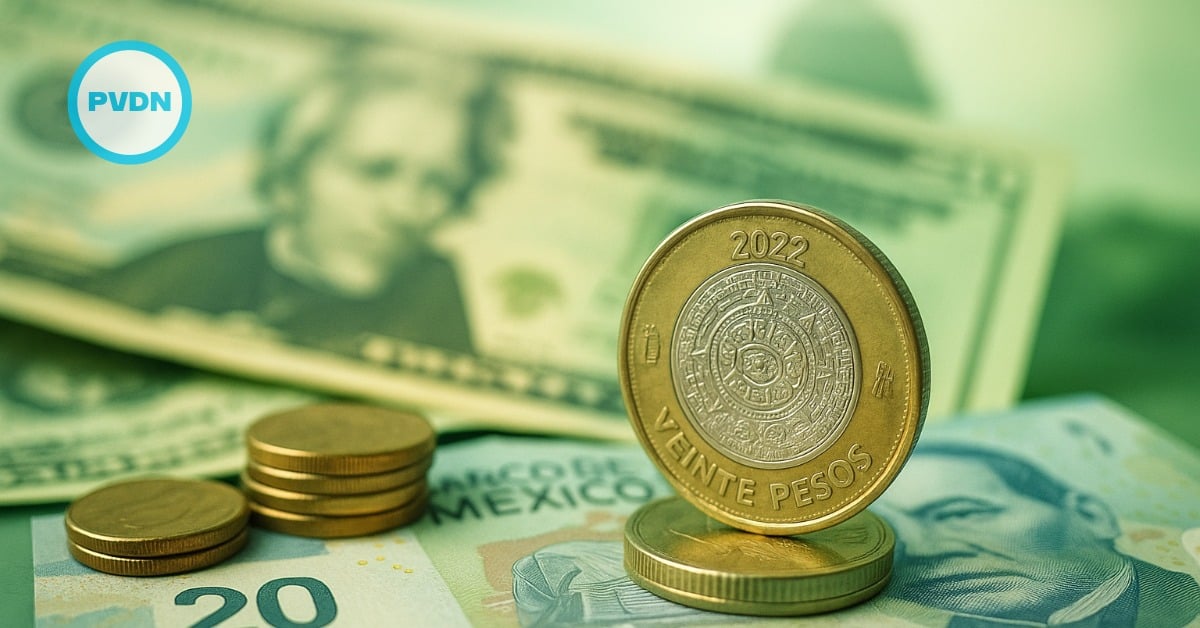Puerto Vallarta, Mexico - The Mexican peso has shown remarkable strength this year, advancing more than 3.5% against the U.S. dollar and standing out as one of the best-performing emerging market currencies. While it has occasionally faced bouts of volatility—such as on March 19, when it briefly touched the 20.08 peso-per-dollar mark due to heightened speculation about U.S. Federal Reserve policy—the currency has largely demonstrated resilience in an uncertain global environment.


